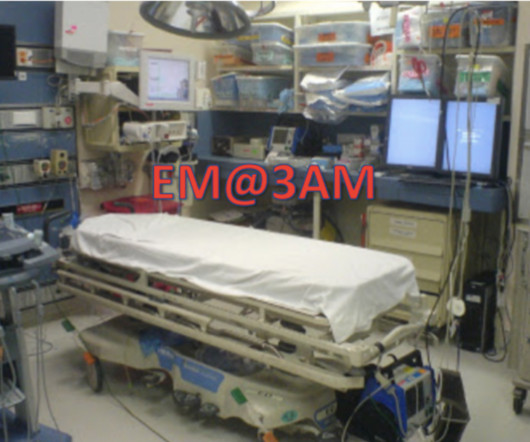EM@3AM: Stercoral Colitis
EMDocs
JANUARY 11, 2025
If sepsis or septic shock is present, aggressive fluid resuscitation and empiric antibiotics covering intra-abdominal flora should be administered. A 75-year-old woman who is bedridden after a stroke presents to the ED from a nursing facility with abdominal pain and constipation. What is the best next step in management?















Let's personalize your content